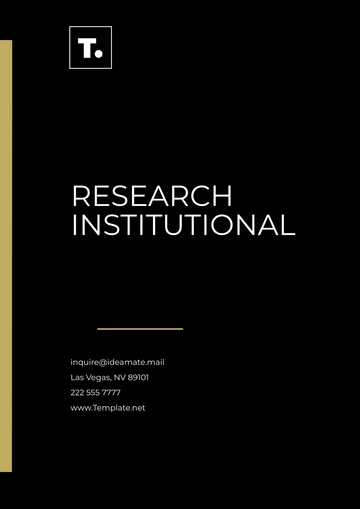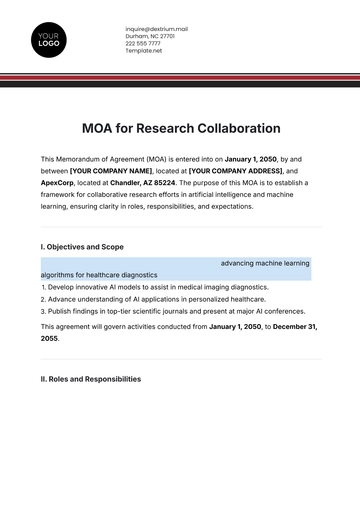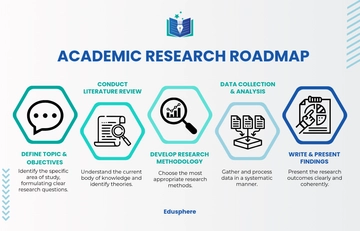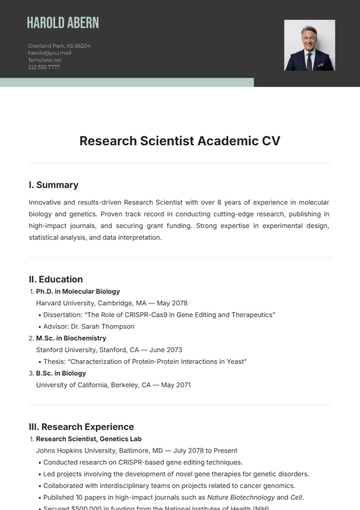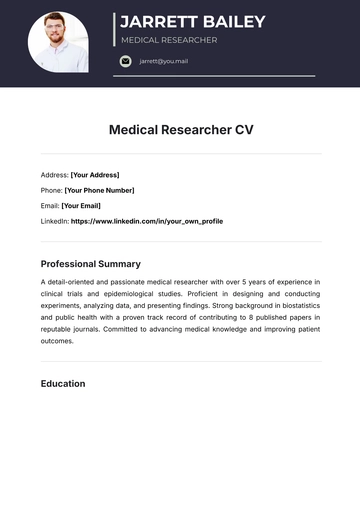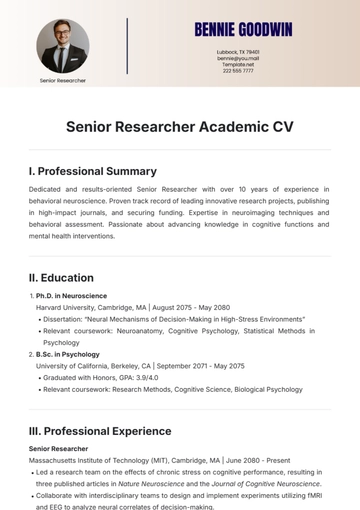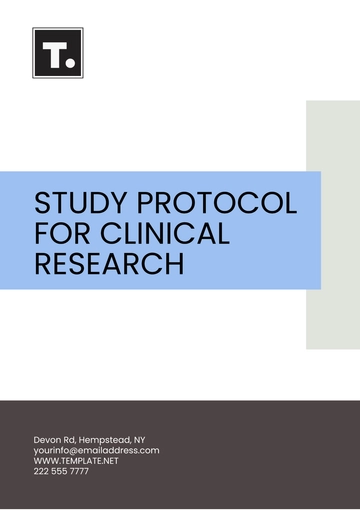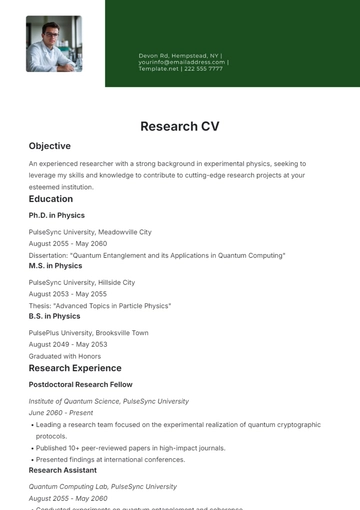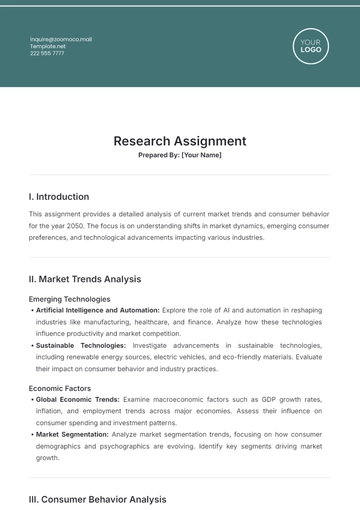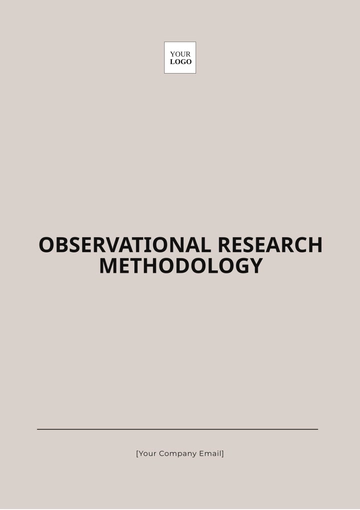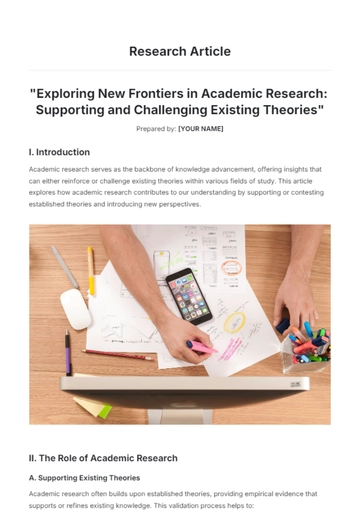Printable Academic Research
Researcher: [YOUR NAME]
Company: [YOUR COMPANY NAME]
Date: July 26, 2050
Introduction
This Market Research Report is designed to provide detailed insights into the current state of the educational market. The report aims to support educators, students, and academic institutions by delivering relevant and actionable data on market trends, growth opportunities, and challenges. Compiled by [YOUR NAME] from [YOUR COMPANY NAME], this report serves as a comprehensive resource for understanding key market dynamics and making informed decisions in the educational sector.
Market Research Report
1. Overview
The educational sector is undergoing rapid transformation driven by technological advancements, evolving student needs, and shifting market demands. This research provides an in-depth analysis of these changes and their impact on the industry. By examining current trends and future projections, this report aims to offer valuable information for strategic planning and academic purposes.
2. Methodology
The research methodology involved a multi-faceted approach to gather and analyze relevant data:
Surveys: Conducted with 150 educational institutions across various levels, including primary, secondary, and higher education. The surveys focused on technology adoption, curriculum changes, and funding challenges.
Market Analysis: Involved a review of industry reports from reputable sources such as the Educational Technology Association and the National Center for Education Statistics. Trends in digital learning tools, educational software, and online course platforms were examined.
Academic Literature: A comprehensive review of recent academic publications and white papers related to educational innovations and market trends. This included analyzing research articles, case studies, and policy reports.
3. Key Findings
Market Trends: The educational market is experiencing substantial growth in the adoption of digital tools and technologies. The shift towards online and hybrid learning environments has accelerated, with an increasing demand for virtual classrooms, e-learning platforms, and interactive educational software.
For example, online enrollment in higher education programs has increased by 35% over the past five years, reflecting a growing preference for flexible learning options. Additionally, institutions are investing heavily in Learning Management Systems (LMS) to enhance the digital learning experience.
Growth Opportunities: Significant opportunities exist in the development and implementation of adaptive learning technologies that cater to individual student needs. Companies specializing in AI-driven educational tools and personalized learning experiences are well-positioned to capitalize on these trends.
The market for adaptive learning platforms is projected to grow at a compound annual growth rate (CAGR) of 22% over the next decade. Startups and established companies alike are exploring ways to integrate AI and machine learning into educational solutions to improve student outcomes.
Challenges: Despite the growth, the sector faces several challenges. Key issues include:
Funding: Many institutions struggle with budget constraints, affecting their ability to invest in new technologies and resources.
Technology Integration: The rapid pace of technological change presents difficulties in integrating new tools with existing systems.
Adaptation: Educators and institutions must continuously adapt to new educational paradigms and student expectations.
Addressing these challenges requires strategic investment, professional development, and a proactive approach to technology adoption.
4. Data Analysis
Data analysis was conducted using both qualitative and quantitative methods. Key metrics included:
Enrollment Trends: Analysis of enrollment data from educational institutions to identify patterns and shifts in student demographics and preferences.
Technology Adoption Rates: Examination of the rate at which new technologies are being adopted across different types of educational institutions.
Investment Patterns: Review of funding and investment patterns in educational technology and infrastructure.
Statistical tools such as regression analysis and trend forecasting were employed to interpret the data and predict future market developments. The analysis revealed a clear trend toward increased investment in digital learning solutions and a growing emphasis on personalized education.
5. Conclusion
The educational market is rapidly evolving with significant implications for both educators and students. This report highlights key trends, opportunities, and challenges, providing a comprehensive overview of the current landscape. Educational institutions and stakeholders can leverage these insights to enhance their strategic planning, adapt to changing conditions, and capitalize on emerging opportunities.
By staying informed about market dynamics and investing in innovative solutions, educators and institutions can better meet the needs of students and achieve their educational goals.
6. Contact Information
For further details or inquiries, please contact:
[YOUR NAME]
Email: [YOUR EMAIL]
Phone: [YOUR COMPANY NUMBER]
Address: [YOUR COMPANY ADDRESS]
Website: [YOUR COMPANY WEBSITE]
Social Media: [YOUR COMPANY SOCIAL MEDIA]
Research Templates @ Template.net







